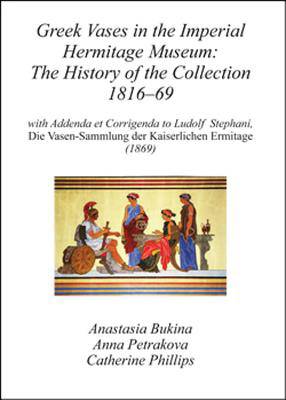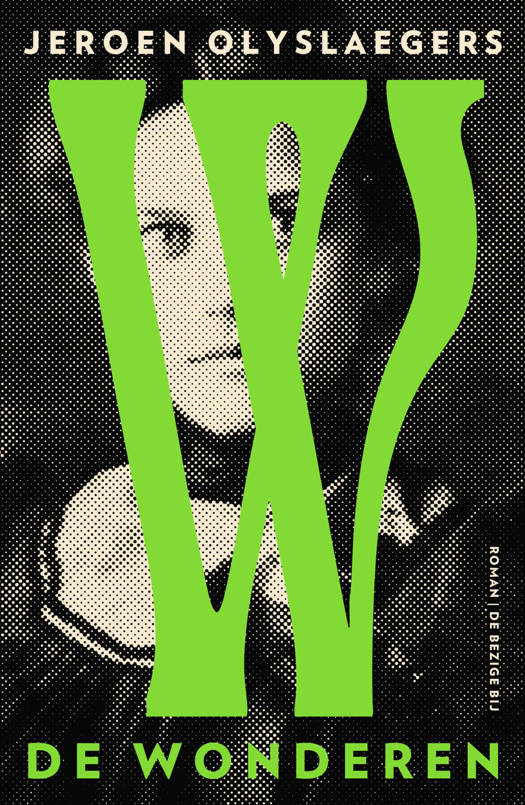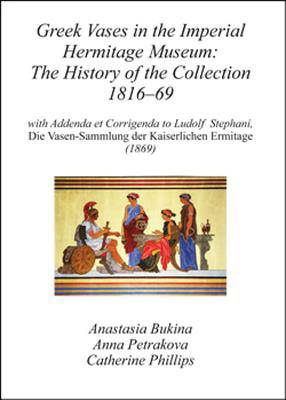
- Afhalen na 1 uur in een winkel met voorraad
- Gratis thuislevering in België vanaf € 30
- Ruim aanbod met 7 miljoen producten
- Afhalen na 1 uur in een winkel met voorraad
- Gratis thuislevering in België vanaf € 30
- Ruim aanbod met 7 miljoen producten
Zoeken
Omschrijving
The Hermitage Museum in St Petersburg has one of the world's great collections of Greek vases. In addition to the numerous vases and fragments found on Russian territory, it includes those found in Italy and acquired directly or purchased from other collectors, most notably the Marquis Campana, Antonio Giuseppe Pizzati and Countess Laval. The history of this part of the Hermitage collection of vases has never before been told in full. Taking Ludolf Stephani's catalogue of 1869, Die Vasensammlung der Kaiserlichen Ermitage, as a starting point and studying a vast body of previously ignored archive documents, the authors (two of them curators of Greek vases in the Hermitage Museum) follow the formation of the collection up to 1869, establishing its sources and identifying a number of previously under-estimated or ignored Russian collectors of antiquities. The Hermitage collection is set not only within the Russian cultural context but within the wider picture of a pan-European interest in antiquities and their display. Since Stephani's catalogue is still the main source for scholars of vases and vase collections, the book includes a valuable list of addenda and corrigenda to the provenances he provides for vases from private collections (those found during excavations on Russian territory are largely correct).
Specificaties
Betrokkenen
- Auteur(s):
- Uitgeverij:
Inhoud
- Aantal bladzijden:
- 336
- Taal:
- Engels
Eigenschappen
- Productcode (EAN):
- 9781903767153
- Verschijningsdatum:
- 31/12/2013
- Uitvoering:
- Paperback
- Formaat:
- Trade paperback (VS)
- Gewicht:
- 511 g

Alleen bij Standaard Boekhandel
+ 416 punten op je klantenkaart van Standaard Boekhandel
Beoordelingen
We publiceren alleen reviews die voldoen aan de voorwaarden voor reviews. Bekijk onze voorwaarden voor reviews.








